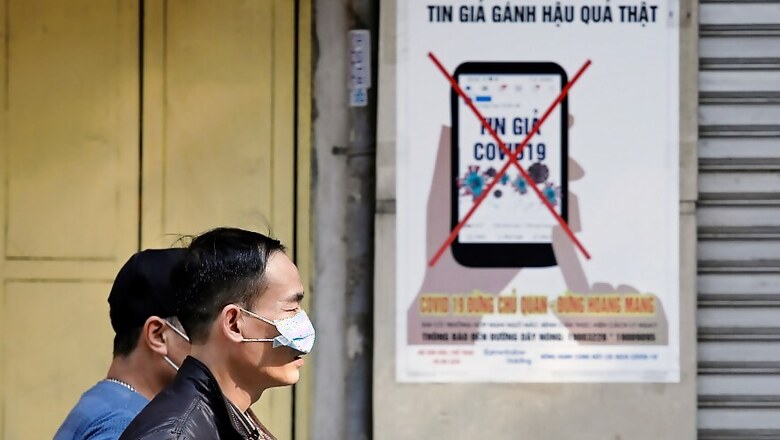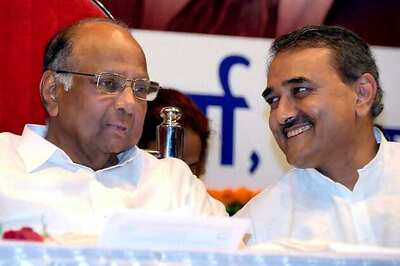
views
In a paper published five years ago, media researcher Rasmus Nielsen defined ‘bullshit’ in the context of content spawned by the social media.
Bullshit, Nielsen posited, “is statements about the world to which there is no sincere and satisfying generally acceptable answer to the question ‘how do you know?’”
A news story, on the contrary, attempts to answers precisely these questions through validation of facts by quoting authoritative sources. Bullshit relies on subterfuge, ambiguity or partial truth to build a narrative by appealing to inherent biases in the audience.
The Covid-19 crisis has helped world discover the perils of misinformation, especially when it comes from the top. There were reports last week of people gulping down disinfectants to build resistance to the virus. It showed why risk communication in a public health emergency is critical to the success of a fight against a global pandemic; and by no means can be treated as an election campaign.
As scientist and microbiologists work overtime to produce the right antidote to Covid-19, communication scientists and journalists have had to wage a parallel war against misinformation circulated with malicious intent or otherwise. This penumbra of the coronavirus spotlight has also engendered a lexicon of its own. The first shot was fired by the World Health Organisation (WHO) with an early warning on the pitfalls of trumped-up stories. Others have since made some interesting contributions.
Infodemics: In the first week of February, WHO in a statement coined a new work ‘infodemics’. The world health body said, “The 2019-nCoV outbreak and response has been accompanied by a massive ‘infodemic’ — an overabundance of information with some accurate and some not — that makes it hard for people to find trustworthy sources and reliable guidance when they need it.”
Junk News: Oxford Internet Institute is compiling information on the spread of Covid-19 related information through social media platforms. It defines junk news as “health news and information sources by evaluating whether or not their content is extremist, sensationalist, conspiratorial, or commentary masked as news.” Its latest report says junk health news websites are spawning content by carloads and disseminated to register significant engagements.
Inoculation: An article on Lancet last week discussed the damage misinformation can inflict on the fight against the pandemic. The write up also borrowed the theory of inoculation to combat fake news which is defined as “inoculation, in this sense, focuses on strengthening a person's attitudes and opinions to protect them from misinformation.”
Infotagion: Created by British MP Damian Collins, Infotagion is a factchecker created in “response to information contagion about Covid-19.” It is a fact-checker which aims to informs people on factually incorrect information going viral on social media because “Covid-19 is too important to take risk with unreliable information.”
Provisional Information: Kevin Lerner uses this phrase to explain the problems journalists may encounter while reporting on Covid-19 as the story is constantly evolving. New research from one part of the world may contradict findings from a different continent. A statuary warning to the audience is useful. Like the one published by the Los Angeles Times: may thus come in handy.
“One thing to keep in mind before we continue: It is possible that the information you read below will be contradicted in the coming weeks or that gaps in knowledge today will soon be filled as scientists continue to study the virus.”
In the last two decades, discourse on fake news has taken a trajectory similar to climate change. Both are damaging. And on both counts the institutional framework build to take remedial measures have shown little urgency.
Make no mistake. Both are slow and silent killers. And damage inflicted on a civil society and institutional mechanisms built on trust, norms and statutes is grave and sometimes irreparable.



















Comments
0 comment